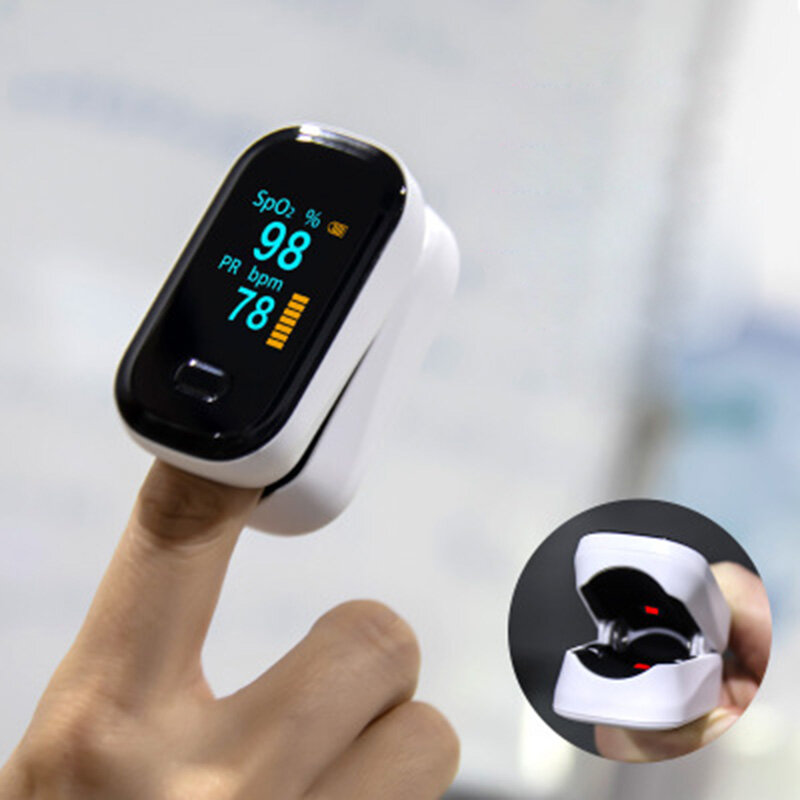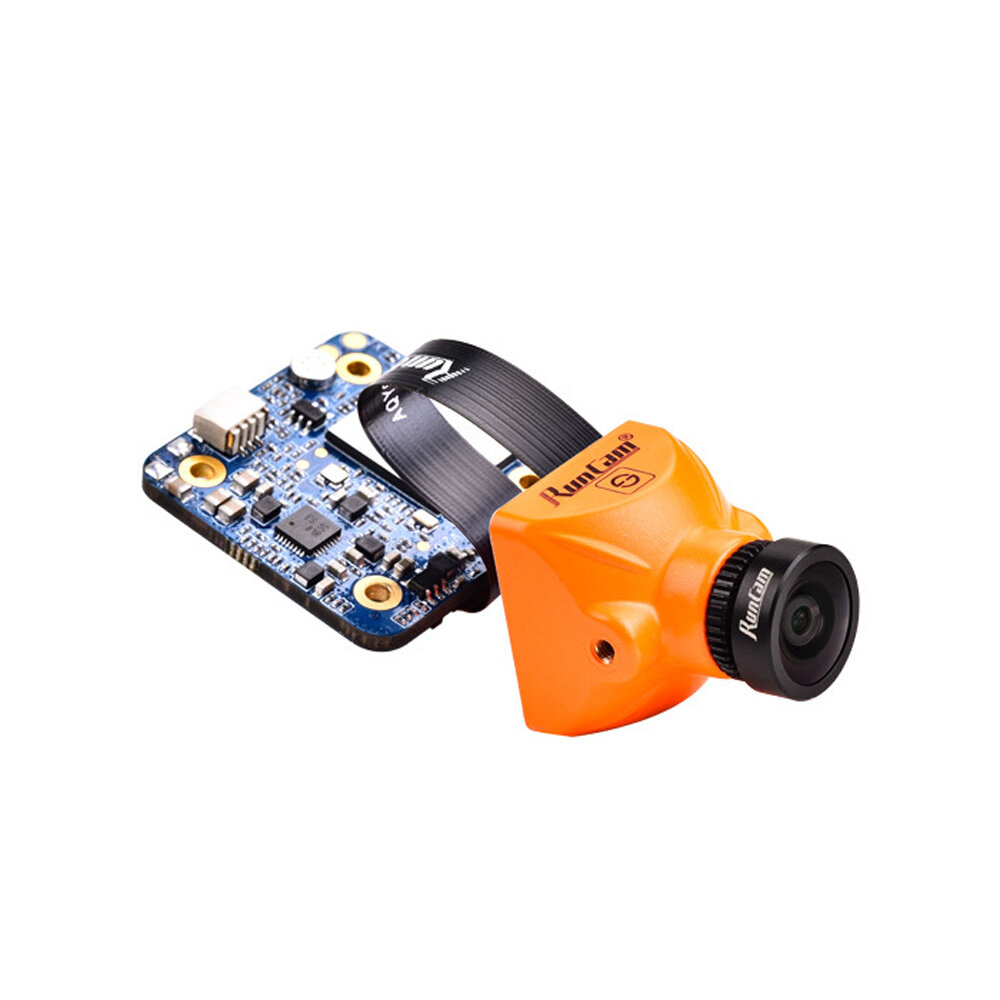FPV Video and RC Control Frequencies
This information is intended for US fliers. If you are from outside the US, the regulations regarding frequency and power of transmission might be different!
Trying to determine the ideal frequencies to use for video and radio control can be a frustrating process. While theory predicts which frequency should work best in various environments, experience and personal circumstances will dictate the best frequencies for your use. In the end, you have to chose what works.
Below is a quote from the late physicist Richard Feynman about the scientific process, and I think it relates well to the selection of appropriate RC FPV frequencies:
First you guess. Don’t laugh, this is the most important step. Then you compute the consequences. Compare the consequences to experience. If it disagrees with experience, the guess is wrong. In that simple statement is the key to science. It doesn’t matter how beautiful your guess is or how smart you are or what your name is. If it disagrees with experiment, it’s wrong. That’s all there is to it.

Richard Feynman
If you chose a frequency that should work – and it doesn’t – choose another and move on. FPV is experiential, and while theoretical concepts will certainly lead you down a generally correct path, what works for someone else may not work for you.
Choosing FPV Video and RC Frequencies
There are two frequencies you need to select: one for video, and one for radio control.
Some general rules apply to choosing FPV video and RC frequencies:
- Higher frequencies have shorter range
- Higher frequencies are attenuated more by obstacles
- Higher frequencies have smaller antennas for a given antenna type
- Don’t fly a frequency / power setup that allows longer range for video than for RC control – you’ll witness your plane crashing FPV-style if you fly too far
- Don’t fly with an RC control frequency that’s the same as the video frequency
Maximizing the distance between your RC receiver and video transmitter on your aircraft will help provide the clearest video signal and strongest RC link.
How Frequencies are Categorized
The frequency ranges used in RC FPV for both video and control are found in the following categories:
VHF (very-high frequency). The frequency range 30-300 MHz.
UHF (ultra-high frequency). The frequency range 300–3000 MHz.
SHF (super-high frequency). The frequency range 3–30 GHz.
Overview of FPV Video Frequencies
Outlined below are descriptions of the various frequencies used in RC FPV, and the merits of each.
It’s important to note that you’ll need an amateur radio license to operate on any of these frequencies. See the licensing section below for more information on US regulations. FPVUK.org has posted some additional information for those in the UK.
5.8 GHz
5.8 GHz offers the smallest antenna size and the clearest picture out of the commonly used FPV frequencies. However, this frequency also has the shortest range, and is susceptible to multipath propagation. Some video goggles have an option for a built in 5.8 GHz receiver, increasing portability. I personally haven’t used 5.8 GHz for video, but it may be a good choice if you’re only looking for a couple of miles range and a high degree of portability.
2.3 GHz and 2.4 GHz
Many consider this the best FPV video frequency. With longer range than 5.8 GHz and a clear picture, the 2.3/2.4 GHz frequency offers moderate penetrating ability and small antenna size. Some goggles also have a built in 2.3/2.4 GHz receiver option.
1.3 GHz
I prefer this frequency for FPV video. Some others complain that 1.3 GHz has the potential from LRSs transmitting on 433 MHz, but I haven’t noticed any problems. The newer LRSs tend to have excellent filtration and won’t cause problems if you decide to fly on a 1.3 GHz video feed.
1.3 GHz provides excellent penetrating ability and long range capability. Antenna sizes are manageable, but not small. There’s a good selection of quality equipment that operate on this frequency, and in addition to the 2.3/2.4 GHz band, this is a frequency of choice for a lot of experienced flyers. ReadyMadeRC introduced the 1258 MHz transmitter/receiver in 2012, allowing two FPV pilots using the 1.3 GHz band to fly simultaneously (for example, the second pilot flying on 1280 MHz).
900 MHz
While the range is theoretically the longest, few experienced FPV pilots fly 900 MHz as their FPV video frequency of choice. The antennas are prohibitively large in many cases, and only suited for bigger aircraft.
Overview of RC Control Frequencies
While RC transmitters based on the 2.4 GHz and 72 MHz frequencies can be used by any hobbyist, a 433 MHz long range system requires an amateur radio license.
Personally, I would’t even try to get a 72 MHz or 2.4 GHz tranmistter to work with FPV. I would go straight to an LRS because it eliminates control range as a problem. Others may disagree and recommend using a standard 2.4 GHz or 72 MHz transmitter, with 5.8 GHz for video.
2.4 GHz
You could use the common 2.4 GHz RC transmitters for FPV, but you won’t have the option of the highly recommended 2.4 GHz band for video. In addition, 72 MHz or 433 MHz LRS will provide greater penetrating ability and longer range.
433 MHz
Long range systems use frequencies in this band, allowing for RC up to several tens of miles. Most importantly, the LRS control range will out-distance your video feed range. I recommend the ezUHF system from Immersion RC.
72 MHz
No license is required when using 72 MHz as this is an unlicensed band, and it can be used successfully with most all FPV video frequencies. This is a nice choice if you don’t want to get an LRS system straight away. 72 MHz controllers have been around for a while, and you can probably find a decent, cheap unit on eBay.
 What About Licensing?
What About Licensing?
Title 47 Code of Federal Regulations Part 97 contain the rules that govern amateur radio. This document outlines the frequency bands and power limitations offered to the amateur radio service.
Although some bands are unlicensed, such as the familiar 2.4 GHz spread-spectrum and 72 MHz, the video and LRS frequencies all require a license.
A couple of interesting sections in 47 CFR 97 outline restrictions for RC airplane control and general transmitter power standards (as low as reasonably achievable!).
RC Airplane Restrictions
The following is an excerpt for 47 CFR 97:
§ 97.215 Telecommand of model craft.
An amateur station transmitting signals to control a model craft may be operated as follows:
(a) The station identification procedure is not required for transmissions directed only to the model craft, provided that a label indicating the station call sign and the station licensee’s name and address is affixed to the station transmitter.
(b) The control signals are not considered codes or ciphers intended to obscure the meaning of the communication.
(c) The transmitter power must not exceed 1 W.
§ 97.313 Transmitter power standards.
(a) An amateur station must use the minimum transmitter power necessary to carry out the desired communications.
Licensing and Frequency Allocations
If you want to know what frequencies are available to amateur radio licensed individuals, take a look at the following frequency allocation list:
Data summary courtesy of ARRL.org.
70 Centimeters
All Amateurs except Novices:
420.0-450.0 MHz: CW, Phone, Image, MCW, RTTY/Data
33 Centimeters
All Amateurs except Novices:
902.0-928.0 MHz: CW, Phone, Image, MCW, RTTY/Data
23 Centimeters
All Amateurs except Novices:
1240-1300 MHz: CW, Phone, Image, MCW, RTTY/Data
Higher Frequencies:
All modes and licensees (except Novices) are authorized on the following bands [FCC Rules, Part 97.301(a)]:
2300-2310 MHz
2390-2450 MHz
5650-5925 MHz
Conclusion
Optimal FPV video and RC control frequencies depend on several variables. What works for someone else may not work for you. Considerations such as flying style, range, noise environment, and picture quality all play a role in determining which frequencies are best for your situation.
If you’re new to FPV, you may want to try a 72 MHz RC transmitter with 5.8 GHz for video. If you want to upgrade to an LRS right away, you might consider 1.3 GHz or 2.3/2.4 GHz for video.
Getting an amateur radio license is a fun, simple process. Passing the Technician Class exam is not so difficult if one takes the time to study the guides freely available on the internet. The license is also good for 10 years, so there’s not much upkeep.









































